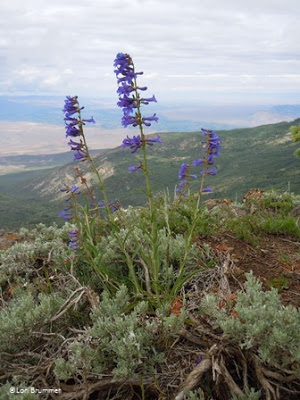CNHP and the Colorado Department of Agriculture’s Noxious Weed Program have created guidelines for managing noxious weeds in the vicinity of rare plants. Geared towards such stakeholders as natural resource and land managers and decision makers, the document recommends best management practices (BMP) for effective weed control while minimizing harm to nearby rare plant populations. Rare plants are threatened not only by displacement by noxious weeds, but also by unintended negative impacts through certain weed management practices. Native plant species designated as G1 or G2 are threatened by these activities due to their restricted habitat; this habitat may be a target project area for implementing a BMP. Recommended BMPs are provided for site assessment, harm avoidance, and weed management techniques to outline where and how these G1 and G2 rare species are to be protected. The document is co-authored by Cecily Mui, former Noxious Weeds Specialist for Colorado Department of Agriculture, and Susan Spackman Panjabi, CNHP Botanist.
 |
| Grand Mesa penstemon (Penstemon mensarum) is a rare plant that is occasionally found near roadsides. The BMPs in the 2016 report provide guidelines on effectively managing roadside noxious weeds without harming rare plants. |




